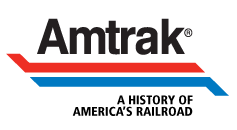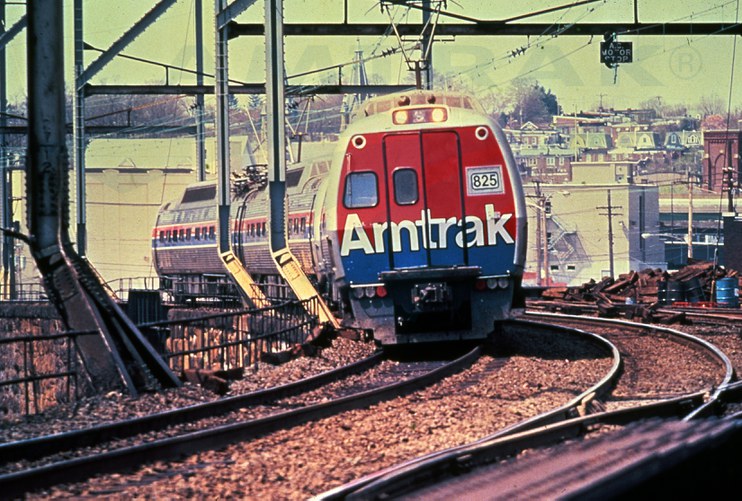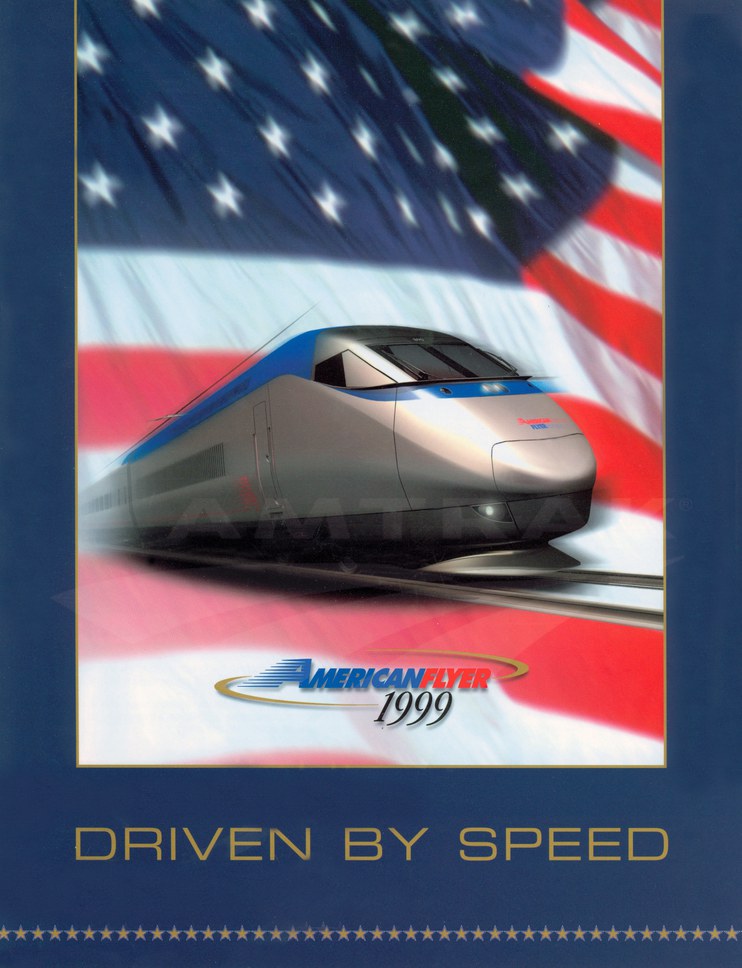Acela Express: Planning for Modern High-Speed Rail
CommentsDecember 29, 2015
Regularly scheduled Acela Express service began on the Northeast Corridor (NEC) between Washington, New York and Boston on December 11, 2000. Through February, Amtrak will mark the anniversary with special “Acelabrations” for customers and employees. Surprises on the trains, in stations and elsewhere are planned as Amtrak pauses to celebrate this milestone. In a series of blog posts, we’ll take a look back at the journey to Acela Express and explore its future.
For many involved with the Acela project, the launch of revenue service in December 2000 was the culmination of years of planning and countless hours of work, as well as the fulfillment of a decades-long dream to bring modern higher speed rail to North America.
Following the passage of the High Speed Ground Transportation Act of 1965, which authorized the U.S. Secretary of Commerce1 “to undertake research and development in high-speed ground transportation,” the federal government worked with the private railroads to pursue high-speed rail demonstration projects. They were to be “designed to measure and evaluate such factors as the public response to new equipment, higher speeds, variations in fares, improved comfort and convenience, and more frequent service.”
A notable achievement was the Metroliner program developed in the late 1960s with the Pennsylvania Railroad (PRR).2 New high-speed, self-propelled electric cars built by the Budd Company, in partnership with Westinghouse and General Electric, were designed for use on the PRR’s busy corridor between New York and Washington.3 Amtrak took over the service in 1971, increasing frequencies to keep up with demand. Although this demonstration program was generally deemed successful, a young Amtrak had to make careful decisions about how to best use its limited resources.
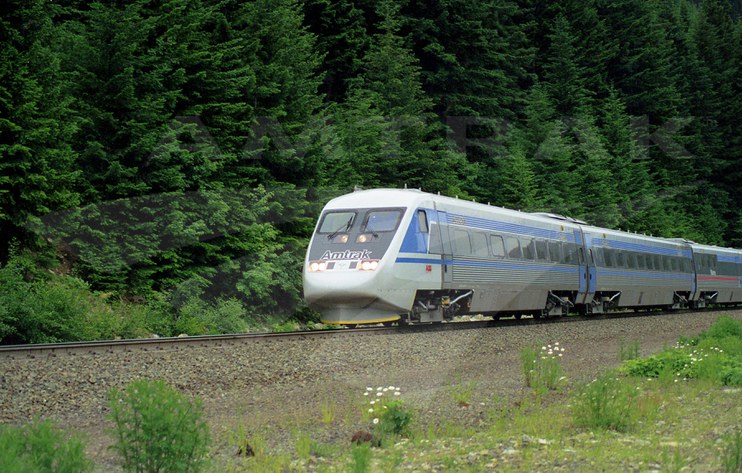
The Swedish X2000 moves through the Cascade Range on
its 1993 national tour.
Further investments in high-speed rail would have to wait, as the nation’s new intercity passenger rail operator faced an immediate need to create an organizational framework; hire and train employees; upgrade and standardize rolling stock and station facilities acquired from predecessor railroads; institute a comprehensive national reservations system; and craft a national marketing program.
Then-Amtrak President and Chairman Alan S. Boyd noted in the company’s 1981 annual report: “International [high-speed] rail technologies…have long been enticing for the U.S. and have great potential in populous corridors between larger cities. The corporation has refrained from involvement with these systems until the basic, conventional passenger train network was reestablished and operating efficiently. Success in bringing profitable high-speed rail passenger service to the U.S. will create a public awareness of all rail travel…”
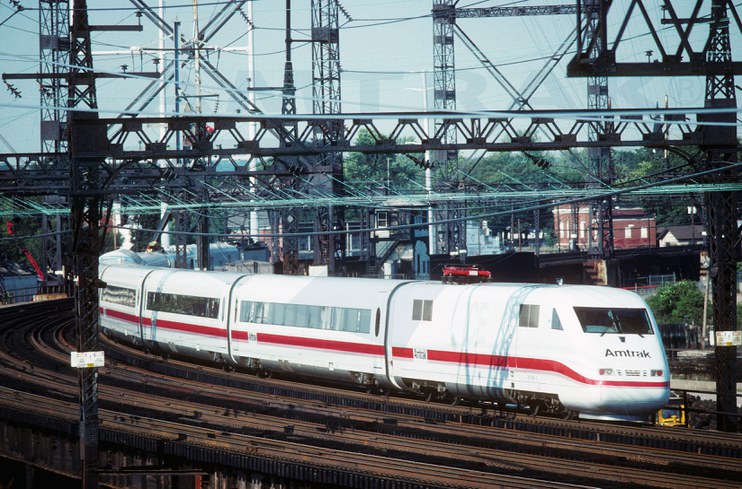
The German Intercity Express passes through Bridgeport, Conn.
Serious planning for higher speed rail over the entire Northeast Corridor (NEC) between Washington and Boston began in the early 1990s. A push came when Congress passed the Intermodal Surface Transportation Efficiency Act of 1991, which stated that “It is the policy of the United States to promote the construction and commercialization of high-speed ground transportation systems…” including high-speed rail. The Act also authorized the appropriation of funding for research and development and technology demonstration projects.
Amtrak leased two European trainsets for testing on the NEC in 1992-1993: the Swedish X2000 and the German Intercity Express (ICE). They were chosen because both could travel at higher speeds than conventional trains on existing main line track; unlike contemporary French and Japanese high-speed trainsets, they did not require new, dedicated tracks. During testing on the NEC, the X2000 achieved a speed of 155 mph and the ICE reached 165 mph.4
“We were looking for public reaction to these operations and ran both trains in revenue service on Metroliner schedules,” says then-Amtrak Director of Media Relations Cliff Black. “They were a big hit with the public, as one might imagine. They were sleek-looking, modern, comfortable and smacked of the future...the American public's appetite for new, higher-speed trains was whetted.”
Amtrak eventually chose a consortium of Bombardier and Alstom to design its new high-speed trainsets. They sought input from on board service employees and engineers as design advanced.5 An article in Amtrak Ink noted, “Soft mock-ups representing sections of café, coach, and first-class cars were used to test layouts with the employees.”6 Manufacturing took place at facilities in Plattsburgh, N.Y., Barre, Vt., and Canada.7
The first trainset was intended for a late 1999 delivery, but a delay was announced in September 1999 when Bombardier and Alstom informed Amtrak that they needed additional time for “further testing and modification of the wheel and suspension systems.”8 The spring 2000 deadline then slid to fall, when the first trainsets underwent test runs on the north (New York City-Boston) and south (New York City-Washington) sections of the NEC.9
In a future post, we'll explore how Acela Express helped refresh the Amtrak brand for the 21st century.
1 The U.S. Department of Transportation was not created until 1966. Transportation functions at the time of this act were included under the purview of the Department of Commerce.
2 John Fellow, “What’s right (and wrong) with the Metroliner,” Trains, July 1969.
3 R. Clifford Black, “The Acela Express,” Japan Railway & Transport Review, March 2005.
4 Ibid.
5 “It’s official,” Amtrak Ink, March 1999.
6 “Designing a service…Designing a trainset,” Amtrak Ink, May 2000.
7 “Progress in Production,” Working on the Railroad (Newsletter for Customers of the Northeast Corridor), April 1998.
8 “Manufacturer delays delivery of Acela Express high-speed trains,” Amtrak Ink, October 1999.
9 “High-speed trainsets,” Amtrak Ink, October 2000.
